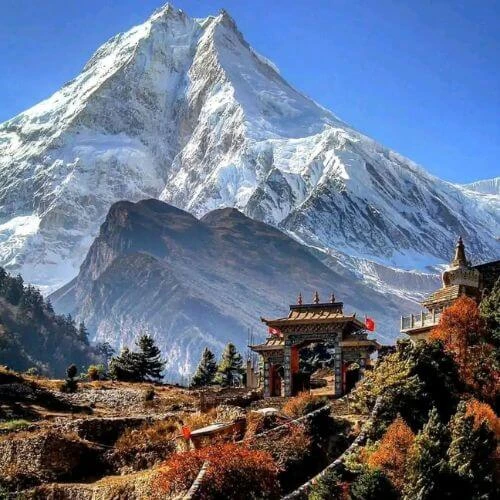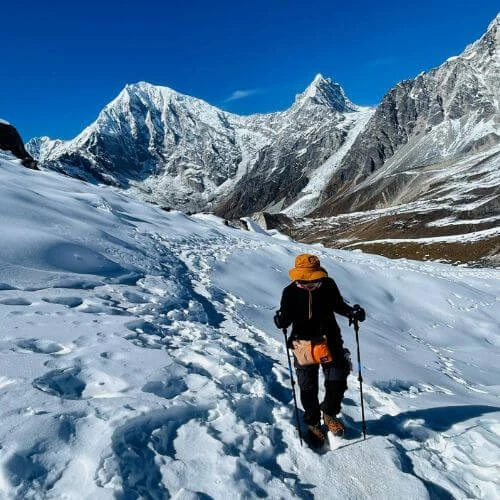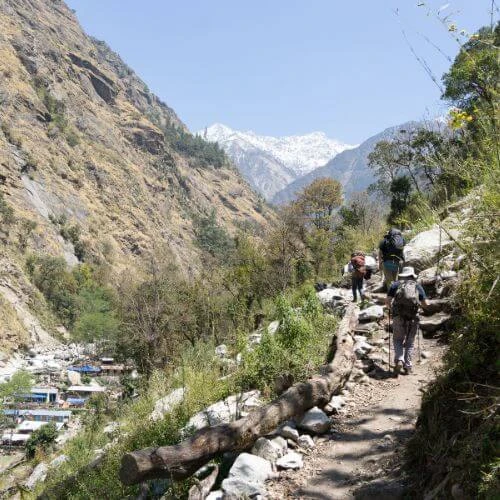Many people wonder if the Everest Base Camp trail is actually safe, especially if it’s their first time going to high altitude. The truth is that the route is safe for most trekkers when you follow the right Everest Base Camp trek safety precautions and give your body enough time to adjust. The main challenges come from altitude, weather, and long walking days, and all of these can be managed with simple planning. When you prepare well, the trek becomes a lot smoother and more enjoyable.
If this is your first time trekking in the Himalayas, this guide will help you understand what to expect and how to stay safe from start to finish. You can also reach out anytime if you need help choosing the right itinerary for your pace.
Learn how to stay safe on your journey to the Everest Base Camp Trek with Abound Holidays.
Understanding Risks and Overall Trek Safety
Before you go deeper into planning, it helps to know the general safety level of the EBC route. The trek is considered moderately challenging, but thousands of beginners complete it safely every year. Most problems happen when people ignore early signs of altitude sickness or try to rush through the itinerary. This is why following basic Everest Base Camp trek safety precautions is so important.
The main risks include altitude issues, cold temperatures, long walking days, and uneven terrain. Many first-time trekkers underestimate how tiring the trail becomes above the higher sections. Your own choices on the trail matter a lot, so keeping a slow and steady pace is one of the simplest ways to stay safe.
Altitude Sickness Prevention and Acclimatization
Altitude plays a major role in Everest Base Camp trek safety precautions, and most problems start when people climb too fast. Many first timers wonder Is Everest Base Camp trekking safe?, and the answer is yes when you respect altitude rules. Acute Mountain Sickness usually begins to appear at 2500 meters and above, which is why the early part of the trail is all about slow pacing.
The trail itself climbs through key points like
- Namche Bazaar at 3440 meters
- Tengboche at 3860 meters
- Dingboche at 4410 meters
- Lobuche at 4910 meters
- Gorak Shep at 5140 meters
Most trekkers start feeling symptoms such as headaches, nausea, or dizziness between 3000 to 4000 meters, especially if they skip acclimatization. Taking acclimatization days in Namche and Dingboche isn’t just helpful, it is part of proper Everest Base Camp altitude sickness safety.
To stay safe, follow these basic rules:
- Take one acclimatization day for every 600 to 800 meters of elevation gained.
- Walk slowly and follow the “climb high, sleep low” strategy whenever possible.
- Drink plenty of water every day to keep your body adjusting well.
- Avoid alcohol completely because it slows down oxygen absorption.
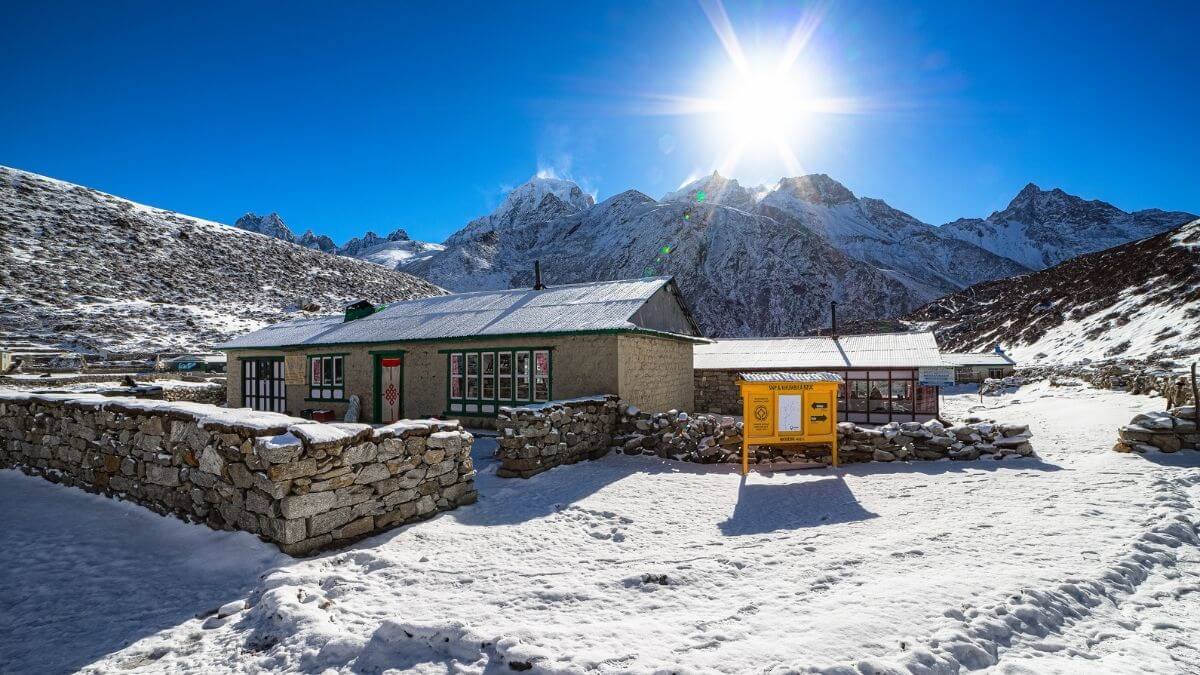
With the right timing, the dangers of Everest Base Camp Trek caused by altitude become much easier to manage. Good planning is one of the most important Safety tips for Everest Base Camp.
Weather, Temperature, and Seasonal Safety
The weather affects overall Everest Base Camp trek safety, especially because temperature changes are quick and sometimes harsh. Many people ask, How safe is Everest Base Camp trek?, and honestly, staying aware of weather trends is a big part of that safety.
Below is a simple and clear table showing typical daytime and nighttime temperatures at different points on the trail:
Location | Altitude | Day Temperature | Night Temperature |
Lukla | 2840 m | 15 to 20°C | 5 to 10°C |
Namche Bazaar | 3440 m | 10 to 15°C | 0 to 5°C |
Tengboche | 3860 m | 8 to 12°C | -3 to 1°C |
Dingboche | 4410 m | 5 to 10°C | -5 to -1°C |
Lobuche | 4910 m | 2 to 6°C | -10 to -5°C |
Gorak Shep | 5140 m | 0 to 4°C | -12 to -8°C |
Everest Base Camp | 5364 m | -5 to 3°C | -15 to -10°C |
Cold weather increases the risks of Everest Base Camp trek because icy trails make walking tougher and long days become more draining. Staying warm and watching conditions closely helps reduce many common problems. With the right plan, safety on Everest Base Camp trek becomes much easier to maintain even in changing temperatures.
Find out the best seasons to trek with our seasonal guide for Everest Base Camp Trek.
Fitness, Training, and Physical Readiness
The EBC trail is long but not technical, so your fitness plays a big role in your comfort and safety. A good level of stamina will make your uphill sections easier, especially as the air gets thinner. Basic cardio training, stair climbing, or long walks can prepare your legs and lungs for the daily walking routine.
Poor fitness can increase the chance of injuries, slips, or extreme tiredness, especially above Namche and Dingboche. Mental strength also matters because some days feel tougher than others. When you combine training with proper Everest Base Camp trek safety precautions, the journey becomes much more manageable.
Want to learn more about difficulty and how to train for the Everest Base Camp Trail? Read our guide for EBC difficulty.
Essential Gear and Clothing for a Safe Trek
Having the right gear is one of the most reliable ways to improve Everest Base Camp trek safety. A lot of accidents on Everest Base Camp trek happen because people wear the wrong boots, skip layers, or forget small but important items.
Key Gear and Clothing You Should Carry
- Warm insulating layers that are easy to add or remove
- Moisture-wicking base layers that keep sweat away from your skin
- A strong, windproof and waterproof jacket
- Trekking boots that support your ankle and prevent blisters
- Trekking poles for better balance on rocky paths
- A headlamp for early morning or late evening walking
- A power bank to keep your devices working
- Water purification tablets or a filter bottle
- Light packing to avoid back pain and extra fatigue
Carrying the right gear tackles many of the dangers of Everest Base Camp trek, especially cold weather and rough terrain. With steady preparation, you’re already following strong Safety tips for Everest Base Camp.
Check out Abound Holiday’s Everest Base Camp Trek packing guide to stay safe and comfortable in your adventure.
Trail Safety, Food Safety, and Hygiene Practices
The EBC trail is well-marked, but safety depends on the simple choices you make each day. Staying on the main path is important because shortcuts can be slippery or unsafe. When yaks or porters pass by, give them space and stand on the mountainside to avoid accidents.
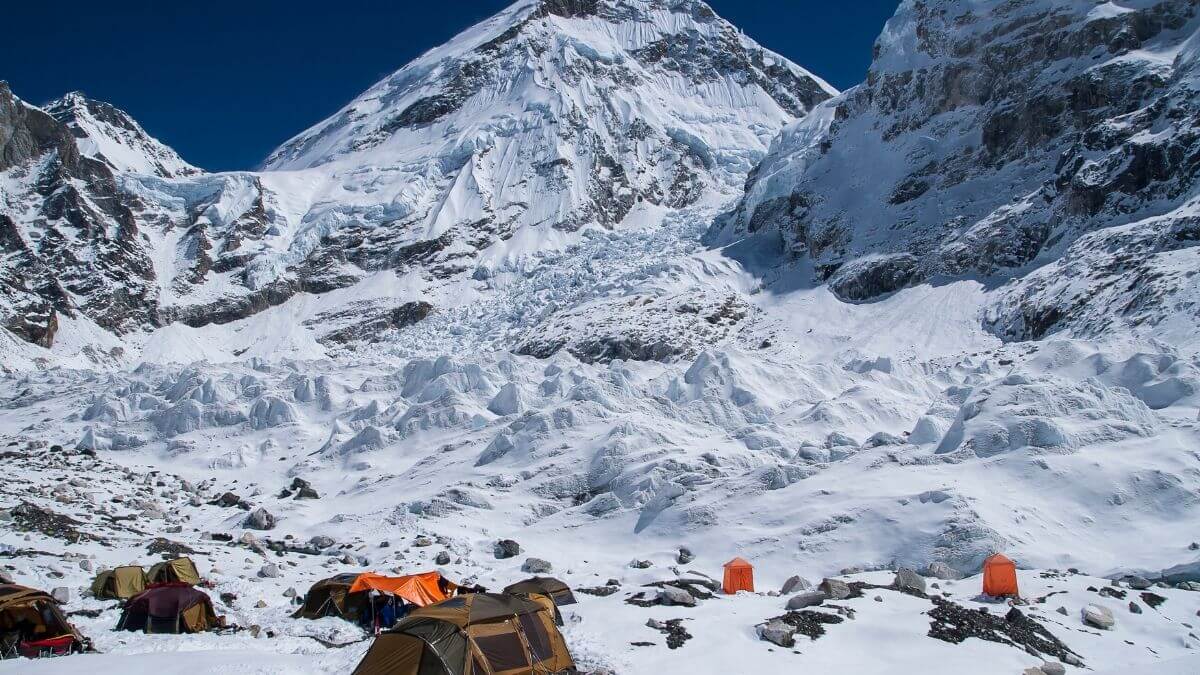
Food and water safety matter a lot because stomach issues can make trekking harder. Choose well-cooked meals and drink boiled or purified water. Hand hygiene helps prevent many of the common stomach problems trekkers face on the route. Taking short breaks and keeping a steady pace also lowers fatigue and reduces risk.
Emergency Preparedness and Rescue Options
Even with good planning, emergencies can still happen at high altitude. Knowing when symptoms are serious enough to stop is very important. If you feel strong headaches, dizziness, or shortness of breath that does not improve, tell your guide immediately.
Travel insurance with helicopter evacuation is a must for the Everest region because some stretches are far from medical help. Phone networks are limited, so some groups carry satellite devices for emergency communication. Guides who are trained in altitude management and situations like these make decisions faster and help you stay safe throughout the trek.
Trekking with a Guide vs Trekking Solo
Trekking with a guide adds an extra layer of safety and comfort. Guides help you maintain the correct pace for altitude, identify symptoms early, and choose safe trails even in changing weather. Their local experience also helps you avoid risky shortcuts or crowded sections.
Solo trekkers face more risks, especially during bad weather or long stretches without villages. If a problem happens, having no one to guide or assist you can make the situation harder. That’s why many first-time trekkers prefer going with a guide for better safety.
Note: As of April 1st, 2023, the MoCTCA (Ministry of Culture, Tourism, and Civil Aviation) has banned solo trekking on all high-altitude routes. You will need to hire a licensed guide from a registered travel agency.
Book with Abound Holidays
We at Abound Holidays provide trained guides who understand altitude awareness, trail safety, and emergency handling. Our itineraries include proper pacing and acclimatization to keep you safe and comfortable. We support you before and during the trek so you can focus on enjoying the journey.
Plan a safer, smoother Everest Base Camp experience by booking your trip with Abound Holidays. Contact us today!
FAQs
Is the Everest Base Camp trek safe for beginners?
Yes, it is safe for beginners who follow proper Everest Base Camp trek safety precautions, walk slowly, and take acclimatization days seriously.
How do I prevent altitude sickness on the EBC trek?
Take acclimatization days, walk slowly, stay hydrated, and avoid alcohol above 3000 meters.
What are the safest months to trek to Everest Base Camp?
Spring and autumn are the safest because the weather is stable and visibility is clear.
Do I need medical or evacuation insurance?
Yes, helicopter evacuation insurance is important due to limited medical facilities at high altitude.
What gear is essential for EBC trek safety?
Warm layers, trekking boots, poles, a good jacket, and water purification tools are key.
How cold does it get on the trail?
Temperatures can drop below -15°C at night in higher areas like Dingboche and Gorakshep.
H3: Is it safe to trek to EBC without a guide?
It’s possible but riskier. Guides help with altitude pacing, navigation, and emergencies.
H3: What should I do in case of an emergency on the trek?
Stop, stay warm, and inform your guide or partner. If symptoms get worse, descending or requesting evacuation may be necessary.
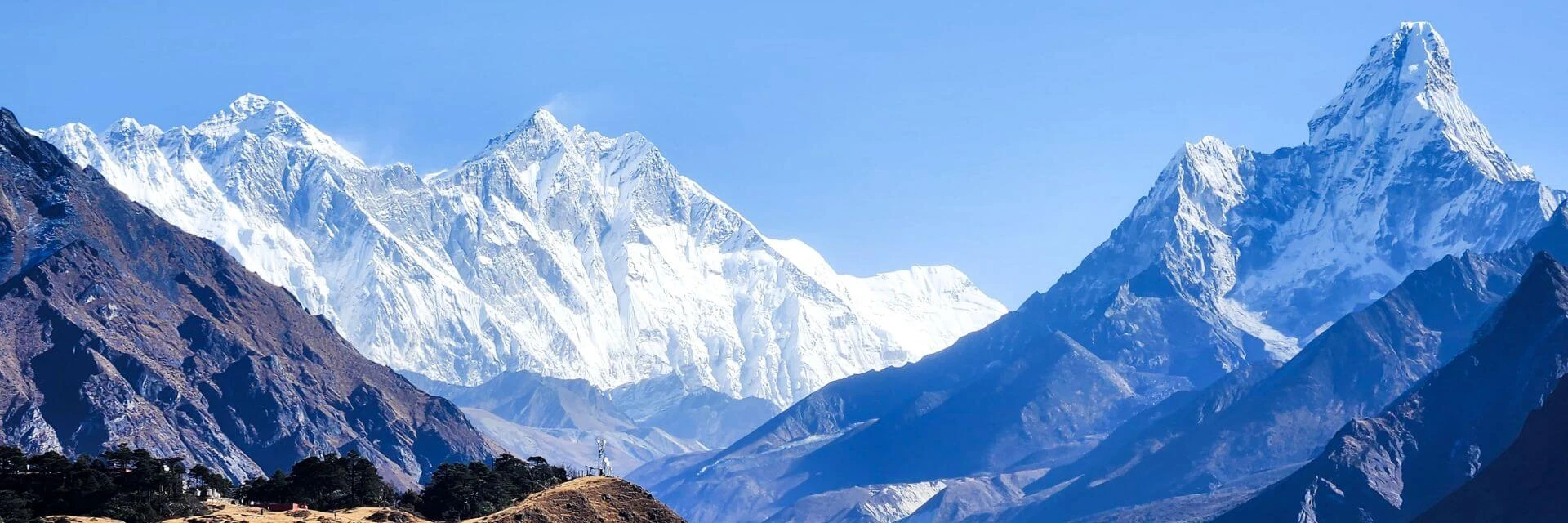

 based on 15 reviews
based on 15 reviews
